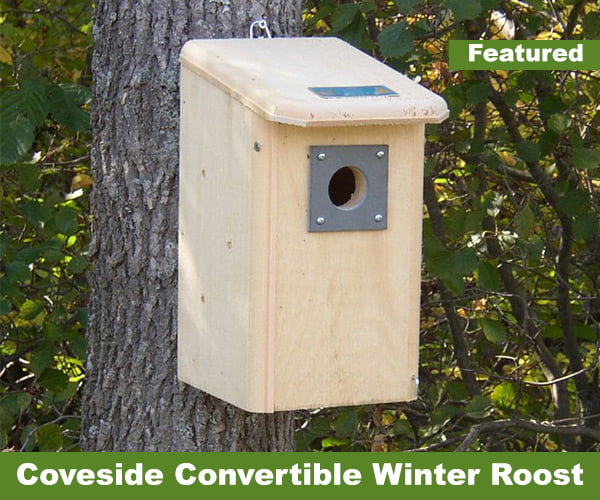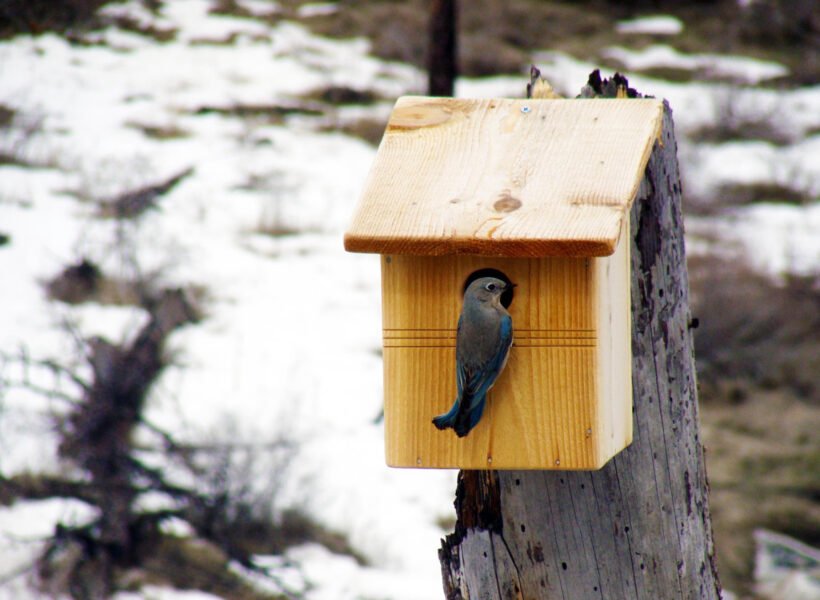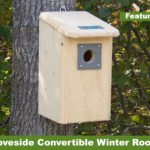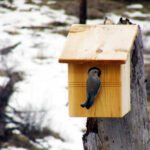Timothy Martinez Jr. is a writer and freelance journalist. His work has been published in The Times-Picayune in New Orleans, Remapping Debate in New York City and other publications. He’s…


With winter right around the corner, birds are increasingly in need of a place to roost when temperatures get low. If you have a nesting box, you’ve probably put it…

Now that nesting season is over and temperatures are dipping quite a bit, it’s time to put away those birdhouses, right? Not exactly. Instead of putting away your birdhouses, convert them…
It’s that time of year when we take a moment to admire the great turkey. Even though our relationship with these interesting birds tends to be of the vulturine variety, many…
Not all birds eat the same thing. You can attract a much wider variety of species to your yard if you offer different types of food, and the Songbird Essentials…



